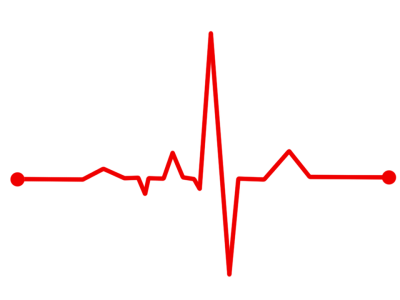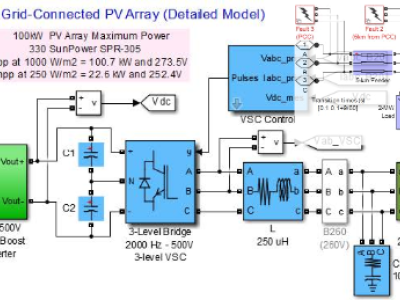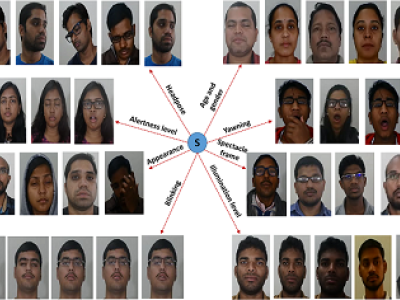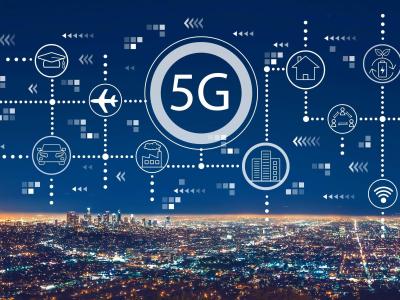GNSS processed interference features

- Citation Author(s):
- Submitted by:
- DAVID CONTRERAS
- Last updated:
- DOI:
- 10.21227/xxfh-qp91
- Data Format:
 474 views
474 views
- Categories:
- Keywords:
Abstract
Interference signals degrade the performance of a global navigation satellite system (GNSS) receiver. Detection and classification of these interference signals allow better situational awareness and facilitate appropriate countermeasures. However, classification is challenging and processing-intensive, especially in severe multipath environments. This dataset is the result of a proposal for a low-resource interference detection and classification approach that combines conventional statistical signal processing approaches with machine learning (ML). It leverages the processing efficiency of conventional statistical signal processing by summarizing, e.g., a short-time Fourier transform (STFT), with statistical measures. Furthermore, the ML design space is bounded as the signal is pre-processed. It results in fewer opportunities for ML but facilitates faster convergence and the use of more simple architectures. Therefore, this approach has lower ML training complexity and lower processing and memory requirements. The dataset contains the processed spectral features of 72 million randomly generated interference signals, for the types: single-tone, multi-tone, linear chirp, and band-limited noise, with and without a pulse mask, as well as the non-interfered case. The INR is varied between -35 dB and 25 dB and the duty cycle of the pulse mask ranges from 0.1% and 95%.
Instructions:
Inside the ZIP file, there are 1464 .FEATHER files, each one for an SNR and Duty Cycle case. Each file contains a data frame, with the following columns:
- Class: The signal type of the interference signal
- JNR: The Jammer-to-Noise ratio in dB
- Pulsed: Boolean value showing whether the signal has a pulse mask or not
- DutyCycle: Duty cycle of the pulse mask, if Pulsed is False this value has no effect on the signal
- PSD: a 64-element-long list containing the Power Spectral Density of the signal
- SpectKurtosis: a 64-element-long list containing the Spectral Kurtosis of the signal
- SpectralShannon: a 64-element-long list containing the channel-wise Shannon Entropy of the signal
- SpectralEntropy: A single value with the spectral entropy of the signal









Test